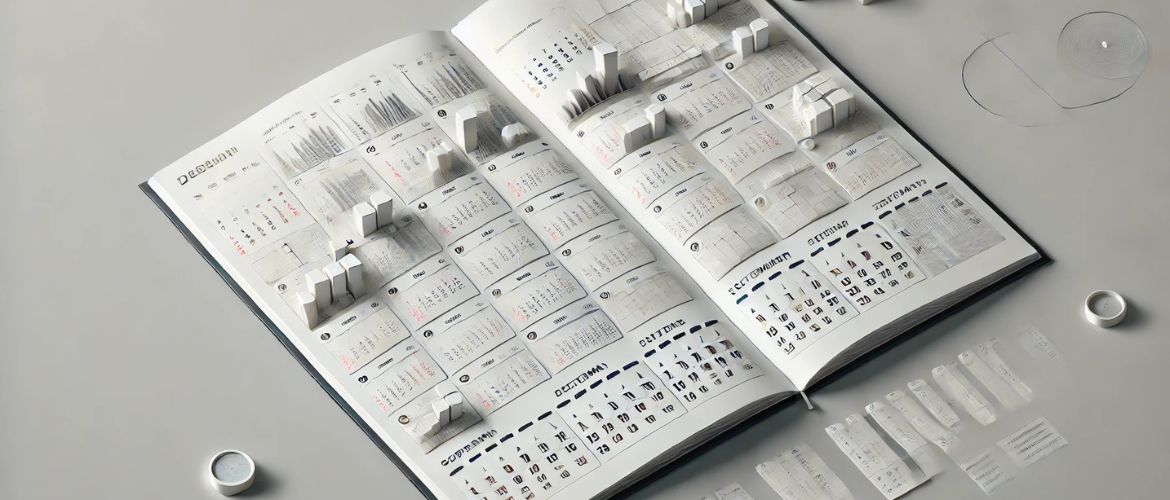In a regular year, there are 52 full weeks and 1 additional day (or 2 days in a leap year). This is because a year consists of 365 days (or 366 in a leap year), and one week includes 7 days. If you divide 365 by 7, you get 52 weeks and 1 day.
History of Establishing the Exact Number of Days in a Year
Ancient Calendars
The counting of days in a year dates back to ancient times. Different cultures had their own ways of determining the length of a year:
- The Babylonians used a lunar calendar, where the year consisted of 354 days, requiring regular adjustments.
- The Egyptians were the first to use a 365-day year, based on the solar cycle.
- In Ancient Rome, there was initially a calendar of 10 months, but then January and February were added, making the year 355 days long.
Julian Calendar
In 46 B.C., Julius Caesar introduced the Julian calendar, which had 365 days and an extra day every 4 years (a leap year). This became a more accurate system, but over time it led to discrepancies.
Gregorian Calendar
In 1582, Pope Gregory XIII reformed the calendar to correct accumulated errors. The Gregorian calendar, which is still used in most countries today, established the exact number of days in a year—365.2425 days—making it the closest approximation to the real astronomical year.
Interesting Facts About the Number of Weeks in a Year
- Each year begins and ends on different days of the week, so the number of full weeks may vary.
- The longest year in history was 1752, when Great Britain and its colonies switched to the Gregorian calendar and “lost” 11 days.
- In France, after the revolution, they tried to introduce a 10-day week, but it did not succeed.
- Some countries used lunar calendars in the past, where a week could consist of 5, 6, or 10 days.
A year has 52 weeks and 1 day (or 2 days in a leap year). This is because the astronomical year is slightly longer than 365 days. The history of time measurement has come a long way—from lunar calendars to the precise system we use today.







Only registered users can leave comments